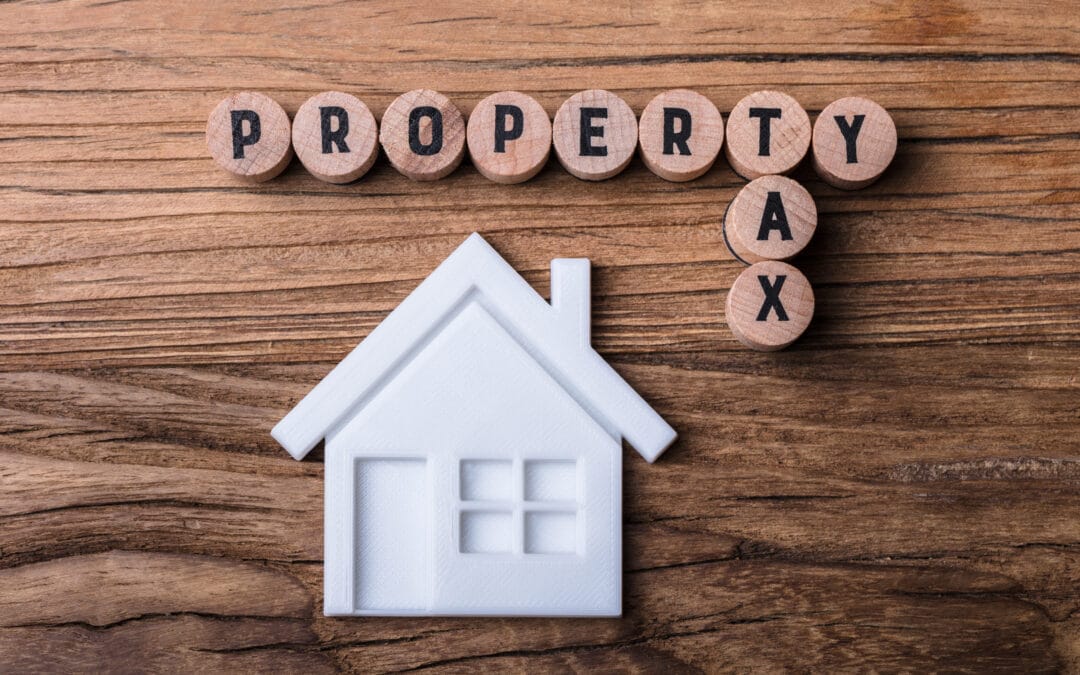How to reduce taxes on the sale of Canadian real estate
In this article, we’ll cover everything you need to know about reducing taxes on the sale of real estate in Canada.
1. Capital gains treatment.
First, you can reduce taxes by calling the capital gain from the sale of Canadian real property a capital gain. Capital gains mean that only half the profits from your Canadian real-estate sale will be taxable to you.
Let’s say that a real property sale profit is $100,000. This means that only $50,000, or half of the gain, would be taxable at your marginal tax rate. This formula calculates the profit from real estate sales in Canada. Net sales minus cost equals profit or loss. The selling price is the net sales proceeds, while the cost is the original purchase. The original purchase price must be included on the purchase and sales agreement when you purchased the property. The property’s cost can include closing costs and land transfer tax legal fees for tax purposes. To arrive at net sales proceeds, you can also deduct commissions and selling costs.
2. Maximize capital improvements
Maximize capital expenditures in order to maximize capital improvements and lower property sale taxes. Also known as improvements, capital expenditures are also called capital expenditures. A lower price will result in a lower profit when you sell your property.
Let’s say you decide to replace all your windows. Window replacements can be expected to last between 10-20 years. This will increase the property’s tax-free life expectancy. These windows can be considered capital improvements and added to your property’s cost. Because repairs are not considered improvements, they won’t increase your property’s value for tax purposes.
Repairs are deductable as a current expense in your Canadian tax return. Repairs include painting, fixing leaky faucets, shampooing carpets and fixing holes.
3. Do not claim capital cost allowance.
You must consider depreciation and capital cost allowance when selling a Canadian property. Tax-deductible depreciation is the cost of physical wear and tear on your property. When you sell depreciable assets, such as Canadian real property, the capital cost allowance that you claimed in previous taxation years must be included within your taxable income for the year of sale. This is called recapture.
Let’s take, for example, $100,000 in capital cost allowance that you have claimed to date. This means that $100,000 of capital cost allowance you have previously claimed will be added to your taxable income for the year of sale. You will not be able to claim the capital cost allowance if you don’t. You should calculate the capital gain from your real estate sales. Maximize capital improvements and include capital cost allowance.
We are working real estate lawyers specialize in helping people with a variety of options when it comes to protecting their investments from capital gains tax. So let us show you our experts expertise by taking a look at your situation and advising on strategies that work for your needs.
Schedule your free consultation now!
